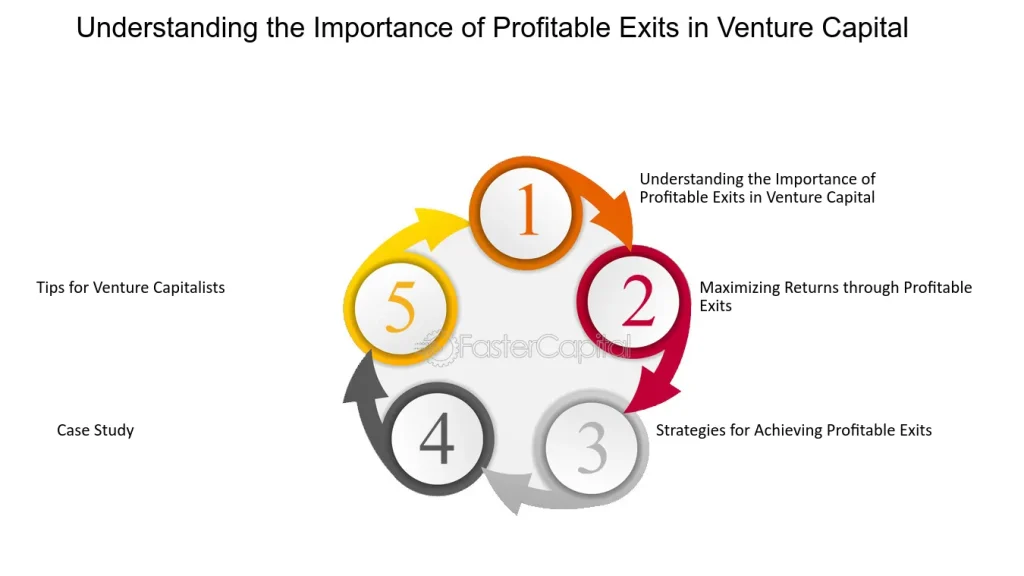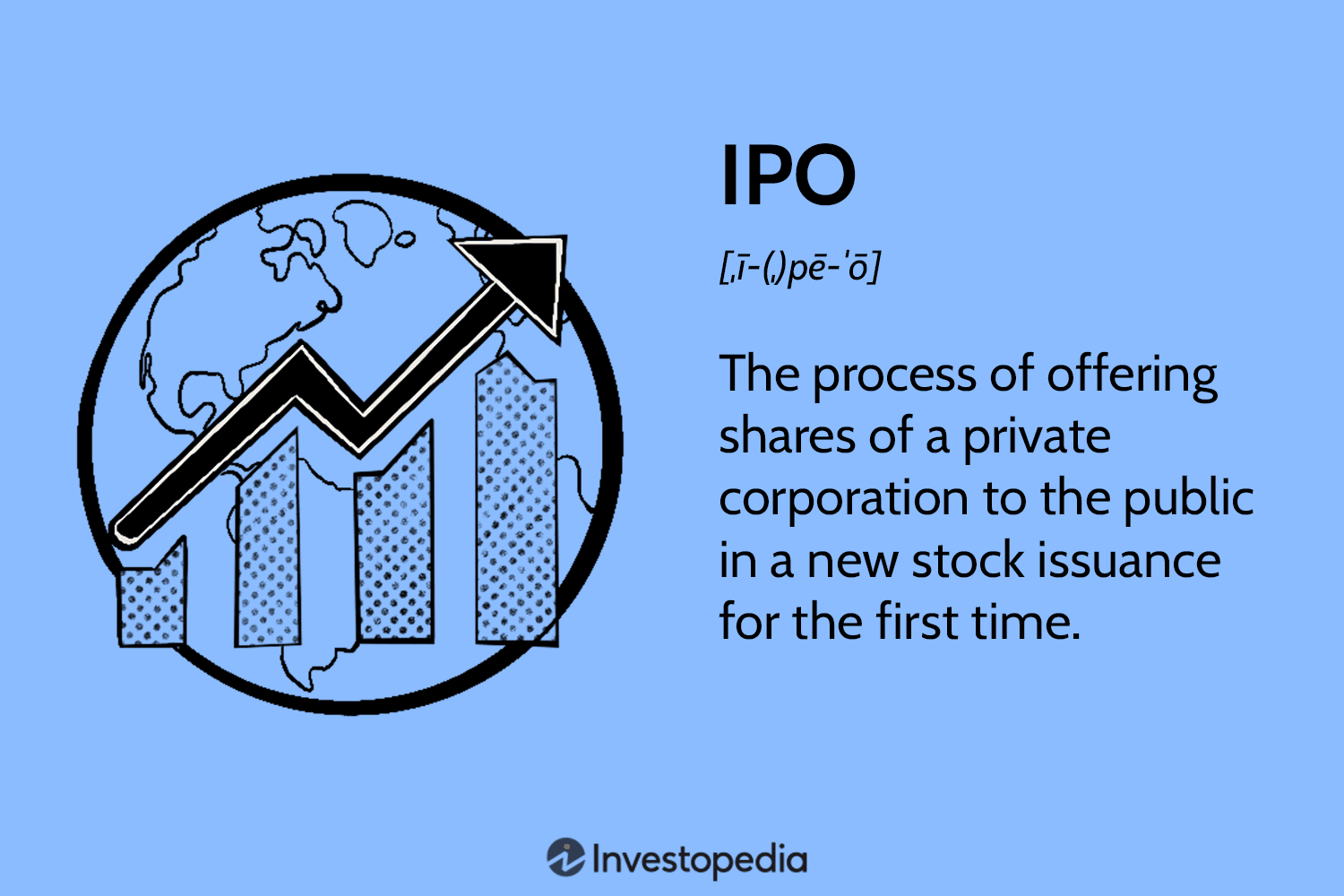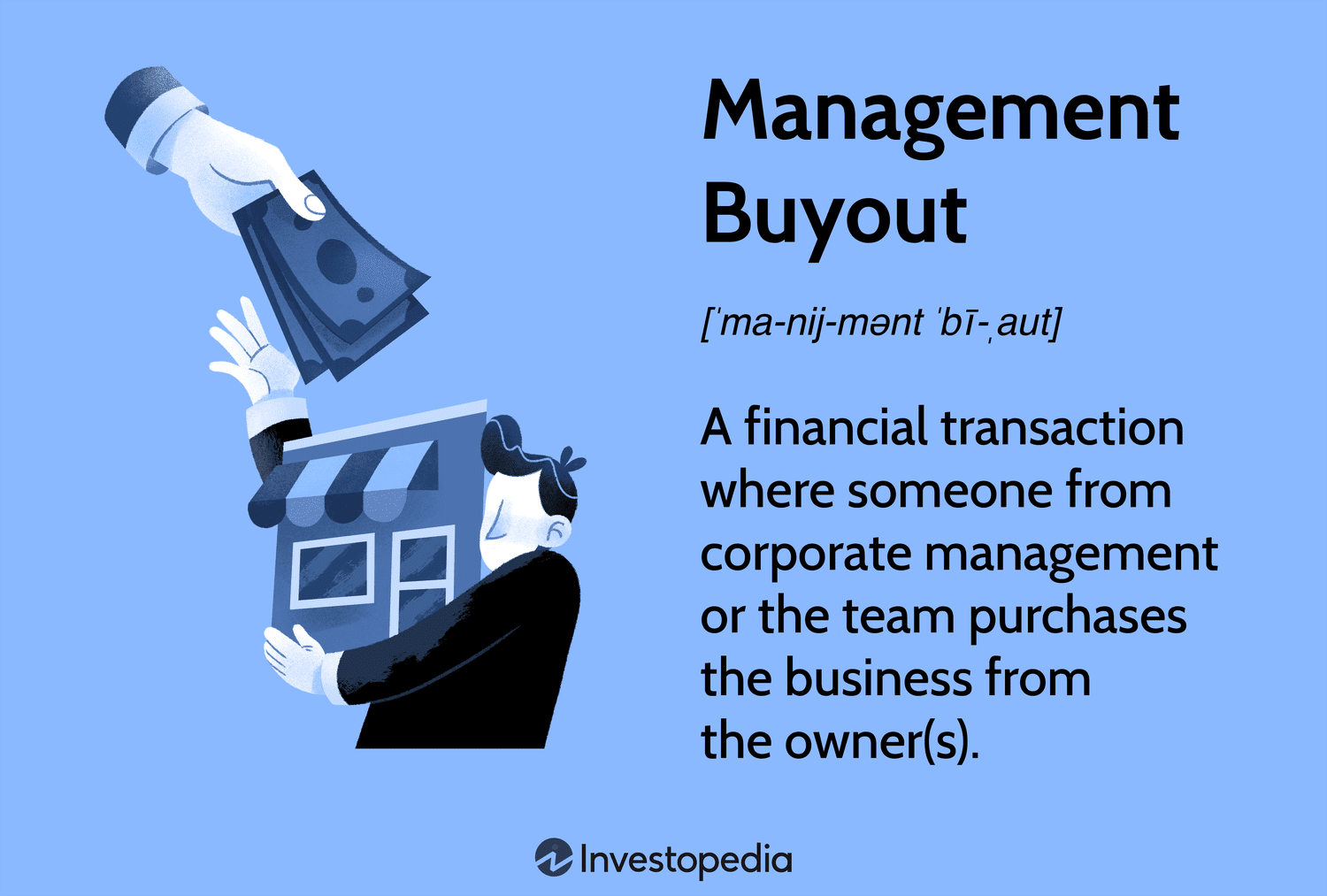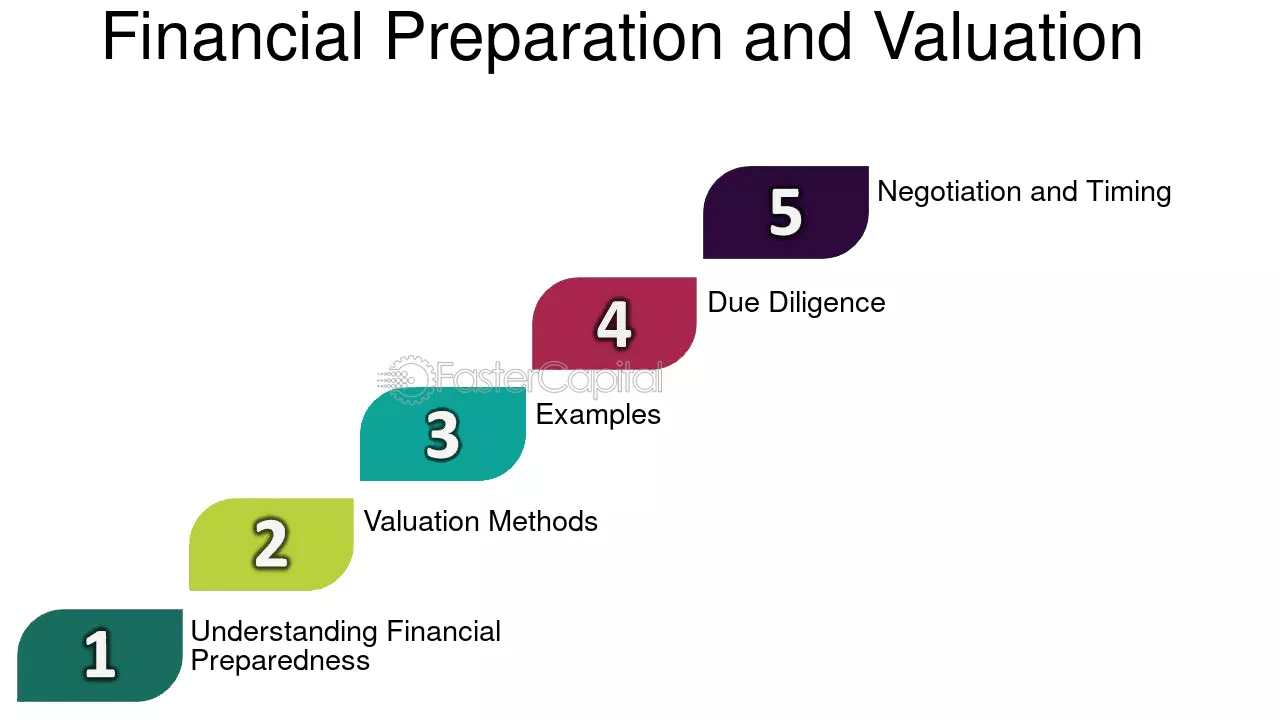Developing an effective exit strategy for startups is a crucial aspect of venture capital investment. Entrepreneurs and investors alike need to plan for the eventual departure from their business ventures to maximize returns and ensure long-term success. This process involves careful consideration of various options and timing to achieve optimal outcomes.
In this article, we will explore the key components of a successful exit strategy for startups. We’ll examine different types of exit strategies, including initial public offerings (IPOs), mergers and acquisitions (M&A), and secondary sales. Additionally, we’ll discuss the importance of timing and preparation to execute a well-planned exit. By understanding these elements, startup founders and investors can better position themselves for a profitable and smooth transition when the time comes to move on from their ventures.
Understanding Exit Strategies in Venture Capital

Definition and importance of exit strategies
An exit strategy for startups is a well-structured approach that equips a company to navigate a spectrum of future scenarios while sustaining its competitive edge during transitions from one phase to another. It serves as a roadmap, enabling the company to methodically and systematically progress toward its exit point while capitalizing on all available prospects. This crucial aspect of a business plan outlines how both entrepreneurs and investors can recoup their investments and reap the rewards of the risks taken.
Exit strategies hold significant importance for business owners, yet they are frequently relegated to the back burner until circumstances demand major changes. Neglecting to establish a well-thought-out exit strategy that guides the course of a business can potentially restrict future business growth. To safeguard the future of a business and secure the best possible outcome, it’s essential to proactively devise an exit strategy long before the moment arrives.
Common types of exit strategies
There are several common types of exit strategies available to startups and venture capitalists:
Key stakeholders involved
The key stakeholders involved in developing and executing an exit strategy include:
Developing an effective exit strategy requires careful consideration of various factors, including the company’s performance, market conditions, and the goals of different stakeholders. By planning early and aligning interests, startups can position themselves for a successful exit that maximizes value for all involved parties.
Initial Public Offering (IPO) as an Exit Strategy

An Initial Public Offering (IPO) is a significant exit strategy for startups, allowing them to transition from private to public ownership. This process involves offering shares of the company to the public for the first time, providing an opportunity for founders and early investors to realize returns on their investments.
Benefits and challenges of going public
Going public through an IPO offers several advantages for startups. One of the primary benefits is the ability to raise substantial capital. By selling shares to the public, companies can generate funds to support their growth, reduce debt, or finance other business operations. This influx of capital can be crucial for startups looking to expand their operations or invest in research and development.
Another advantage of an IPO is increased public awareness. The process often generates publicity, potentially introducing the company’s products to a wider audience and leading to an increase in market share. This heightened visibility can be particularly beneficial for startups looking to establish themselves in competitive markets.
However, going public also comes with challenges. One significant drawback is the need for increased disclosure and transparency. Public companies are subject to strict regulatory requirements, including regular financial reporting and compliance with Securities and Exchange Commission (SEC) rules. These obligations can be costly and time-consuming, potentially diverting resources from other areas of the business.
Additionally, public companies face increased scrutiny from investors and the market. This pressure can sometimes lead to a focus on short-term results rather than long-term growth strategies, which may not align with the original vision of the startup’s founders.
IPO process and requirements
The IPO process is complex and typically begins up to two years before the actual offering. It involves several key steps, including selecting an investment banking firm as the lead underwriter, preparing financial statements, and filing a registration statement with the SEC.
To be eligible for an IPO, companies must meet certain criteria. In India, for example, SEBI mandates that a company must have been registered and operating for a minimum of three years and have a consolidated net worth of at least Rs 1 crore for each of the past three years. These requirements ensure that companies going public have a track record of financial stability and operational success.
Case studies of successful startup IPOs
Several notable startups have successfully used IPOs as exit strategies. One recent example is Snap Inc., the company behind Snapchat. In March 2017, Snap raised INR 284.80 billion through its IPO. While the company faced challenges in its early days as a public entity, including disappointing user growth figures and a lawsuit from investors, the capital raised has helped Snap expand and improve its business. By January 2024, Snap’s market cap was over INR 251.30 billion higher than its IPO valuation.
In conclusion, an IPO can be an effective exit strategy for startups, offering the potential for significant capital raising and increased visibility. However, it also comes with challenges, including increased regulatory requirements and public scrutiny. Startups considering an IPO should carefully weigh these factors and assess their readiness for the demands of being a public company.
Mergers and Acquisitions (M&A) Exit Strategy
.jpeg)
Mergers and acquisitions (M&A) have emerged as a prominent exit strategy for startups in venture capital. This approach allows VC-backed companies to be acquired by larger, established players seeking expansion or strategic partnerships. M&A offers a viable alternative to initial public offerings (IPOs), providing investors with a lucrative exit while validating the growth potential of the startup scene.
Types of M&A deals
There are several types of M&A deals that startups can consider as part of their exit strategy:
Valuation considerations
When considering an M&A exit strategy, startups must carefully evaluate their valuation. Venture capitalists and investors typically aim to generate a return on their investment within a certain timeframe. The valuation process involves several factors:
Financial performance: Investors look for high revenue growth, strong margins, and efficient use of cash.
Due diligence process
The due diligence process is a critical aspect of M&A transactions. It involves a thorough examination of the startup’s business, financial, and legal aspects. The process typically includes the following steps:
To prepare for due diligence, startups should:
The due diligence process not only helps investors evaluate the potential investment but also allows startups to identify areas for improvement. It typically takes between 2-3 weeks to 2 months, depending on the complexity of the company and its ecosystem.
In conclusion, M&A as an exit strategy for startups offers a viable alternative to IPOs, providing investors with a potentially lucrative exit while validating the growth potential of the startup ecosystem. By understanding the types of M&A deals, valuation considerations, and the due diligence process, startups can better prepare for a successful exit through mergers and acquisitions.
Secondary Sales and Management Buyouts

Secondary market transactions
Secondary market transactions have become increasingly popular in the startup ecosystem, providing liquidity to early investors and employees before a company goes public or gets acquired. These transactions allow shareholders to sell their stock to other investors, giving them an opportunity to realize returns on their investments sooner in a company’s life cycle.
The private secondary market functions differently from the public stock market, with no centralized infrastructure and manual matching of supply and demand. This leads to certain limitations, including stock transfer restrictions, lack of past price transparency, and extended settlement cycles. Despite these challenges, the secondary market for private companies has grown significantly over the past decade.
Management buyout structure
A management buyout (MBO) is a financial transaction where a company’s management team purchases the assets and operations of the business they manage. This type of exit strategy appeals to professional managers due to the potential for greater rewards and control as owners rather than employees.
MBOs are typically financed through a combination of personal resources, private equity financiers, and seller-financing. The acquisition includes everything associated with the business, including assets and liabilities. As MBOs often require substantial financing, they are considered a type of leveraged buyout (LBO).
The structure of an MBO usually involves the following components:
Pros and cons for founders and investors
Secondary sales and management buyouts offer several advantages and disadvantages for both founders and investors:
Pros:
Cons:
In conclusion, secondary sales and management buyouts provide alternative exit strategies for startups, offering liquidity and opportunities for value creation. However, these transactions come with their own set of challenges and risks that founders and investors must carefully consider when planning their exit strategy.
Timing and Preparation for a Successful Exit

Developing an effective exit strategy for startups is crucial for maximizing value and ensuring a smooth transition. Timing plays a vital role in the success of an exit, and preparation should begin early in a startup’s lifecycle. By focusing on key performance indicators, building relationships with potential acquirers, and creating a compelling growth story, startups can position themselves for a successful exit.
Key performance indicators to track
Tracking the right key performance indicators (KPIs) is essential for startups to measure progress and make data-driven decisions. These metrics provide valuable insights into the company’s performance and help identify areas for improvement. Some important KPIs for startups to monitor include:
By focusing on these KPIs, startups can gain a comprehensive view of their business performance and make informed decisions to improve their chances of a successful exit.
Building relationships with potential acquirers
Establishing strong relationships with potential acquirers is a crucial aspect of preparing for a successful exit. Startups should proactively engage with industry players and strategic partners to increase their visibility and attractiveness as potential acquisition targets. Some effective strategies for building these relationships include:
By nurturing these relationships, startups can increase their chances of attracting potential acquirers and securing favorable exit terms.
Creating a compelling growth story
A compelling growth story is essential for attracting potential acquirers and maximizing the value of a startup during an exit. To create a strong narrative, startups should focus on:
By crafting a compelling growth story, startups can position themselves as attractive acquisition targets and increase their chances of a successful exit.
In conclusion, timing and preparation are critical factors in achieving a successful exit for startups. By tracking key performance indicators, building relationships with potential acquirers, and creating a compelling growth story, startups can maximize their value and increase their chances of a favorable exit. It’s important to remember that exit strategies should be considered early in a startup’s lifecycle, as they can guide decision-making and help align the interests of founders, investors, and employees. By taking a proactive approach to exit planning, startups can navigate the business landscape more effectively and position themselves for long-term success.
Conclusion
Developing an effective exit strategy is a crucial aspect of startup success in the venture capital world. Throughout this article, we’ve explored various exit options, including IPOs, M&As, secondary sales, and management buyouts. Each of these strategies has its own set of pros and cons, and the choice depends on factors such as market conditions, company performance, and stakeholder goals. By focusing on key performance indicators, building relationships with potential buyers, and crafting a compelling growth story, startups can position themselves to maximize value when the time comes to exit.
In the end, the key to a successful exit lies in careful planning and preparation from the early stages of a startup’s life. This approach allows founders and investors to align their interests and make informed decisions that enhance the company’s value over time. Remember, an exit strategy isn’t just about the endgame – it’s a roadmap that guides a startup’s growth and development, ultimately leading to a smooth and profitable transition when the time is right to move on.
FAQs
What is the most effective exit strategy for a startup?
Common exit strategies for startups include mergers and acquisitions (M&A), selling to a strategic buyer, or pursuing an initial public offering (IPO). Each strategy offers a structured path forward and helps secure financial stability for the company.
What exit strategy offers the highest potential return for venture capitalists?
An initial public offering (IPO) is often considered the exit strategy with the highest return potential, especially for startups poised to become industry leaders with substantial and consistent revenue growth.
What exit strategies are applicable to any venture?
Suitable exit strategies for any venture include initial public offerings (IPOs), strategic acquisitions, and management buyouts. These strategies allow business owners to reduce their ownership stake or exit the business profitably, provided the business is profitable.
How can investors develop an exit strategy?
Investors can consider several exit strategies such as increasing personal salary and bonuses in the years before exiting, selling all shares to existing partners upon retirement, or liquidating all assets at market value to prepare for an exit from their investment.




